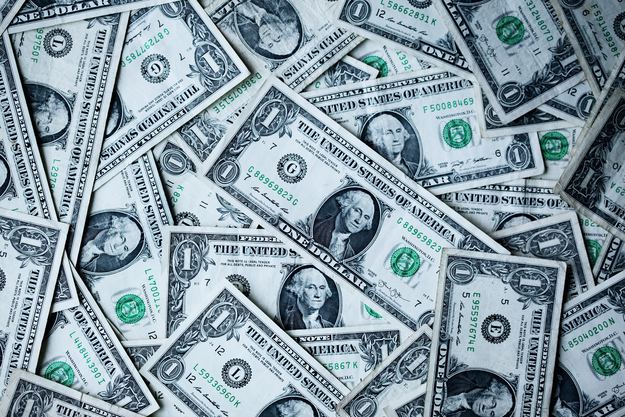The Student Loan Debacle
Sep 24th, 2022 | By Dr. Jim Eckman | Category: Featured Issues, Politics & Current EventsThe mission of Issues in Perspective is to provide thoughtful, historical and biblically-centered perspectives on current ethical and cultural issues.

| The amount of student debt held in America, the New York Times reports, is roughly equal to the size of the economy of Brazil or Australia. More than 45 million people collectively owe $1.6 trillion. That figure has skyrocketed over the last half-century as the cost of higher education has equally skyrocketed. [Student debt has nearly doubled since 2011 to $1.6 trillion, though the number of borrowers has increased by only 18%.] “The growth in cost has substantially been more that the increase in most other household expenses.” The remarkable rise in college education costs has not been matched by increased scholarship support, national government support or state government support to colleges and universities. In fact, due to the COVID pandemic, state support for higher education has actually declined by 10%. Thus, students and their parents take out various loans, some guaranteed by the federal government; some not. It is a significant financial crisis—for the national government, which holds the student debt, and for the students and their families, who owe the debt.
For all these reasons, President Biden in late August announced a plan, via executive order, to wipe out significant amounts of student debt for millions of people. The federal government will remove up to $10,000 from the balances of individuals earning less than $125,000 a year (as 95% of Americans do), and $20,000 for those who received Pell grants, which are mostly awarded to university students from poor families. Assuming the inevitable legal challenges fail, Biden’s plan will impact Americans, and the American economy in various ways. Is this a wise plan? Will it permanently solve the student debt problem? Does the plan actually avoid dealing with the fundamental cause of so much student debt?
The Administration estimates that about 27 million will be eligible for up to $20,000 in forgiveness, and some 20 million will see their balances erased. As the Wall Street Journal editorially observes: Biden “is also extending loan forbearance for another four months, even as unemployment among college grads is at a near record low 2%. Congress’s Cares Act deferred payments and waived interest through September 2020, but Donald Trump and Joe Biden have extended the pause for what will now be three years. [The four-month freeze on payments will cost $20 billion on top of the roughly $115 billion it already has cost.] The Administration is claiming, again, that this will be the last extension and is needed to help borrowers prepare to resume payments.” In addition, Biden is cutting undergrad payments to a mere 5% of discretionary income. The government will also cover unpaid monthly interest for borrowers so their balances won’t grow even if they aren’t paying a penny. |
What should Biden have done? At the least, Biden should have launched a plan to hold colleges accountable. The Wall Street Journal editorially advocates that “The best way to reduce costs is to change the financial incentives for colleges. Former Education Secretary Bill Bennett once suggested that schools be required to take an equity stake of 10% to 20% in student loans. Missouri Sen. Josh Hawley introduced legislation in 2019 that would require colleges to pay half of the loans for borrowers who default.” It also seems wise for the government to abolish graduate-school government loans. “Private lenders say the feds have squeezed them from the market. There’s no reason for Uncle Sam to subsidize advanced degrees; private markets can price the credit risk . . . Public and nonprofit colleges are like any other business, except they can profit form taxpayer subsidies without accountability. Biden’s loan write-offs show this system has failed to reduce student costs while enriching academic elite and soaking taxpayers. It’s time for reforms that hold them accountable.” See Ella Koeze and Karl Russell in the New York Times (28 August 2022); David Leonhardt, New York Times “This Morning” (25 August 2022); Tom Clark in The Atlantic (24 August 2022); The Economist (25 August 2022); and Wall Street Journal editorials (25 And 26 August 2022). |
||


